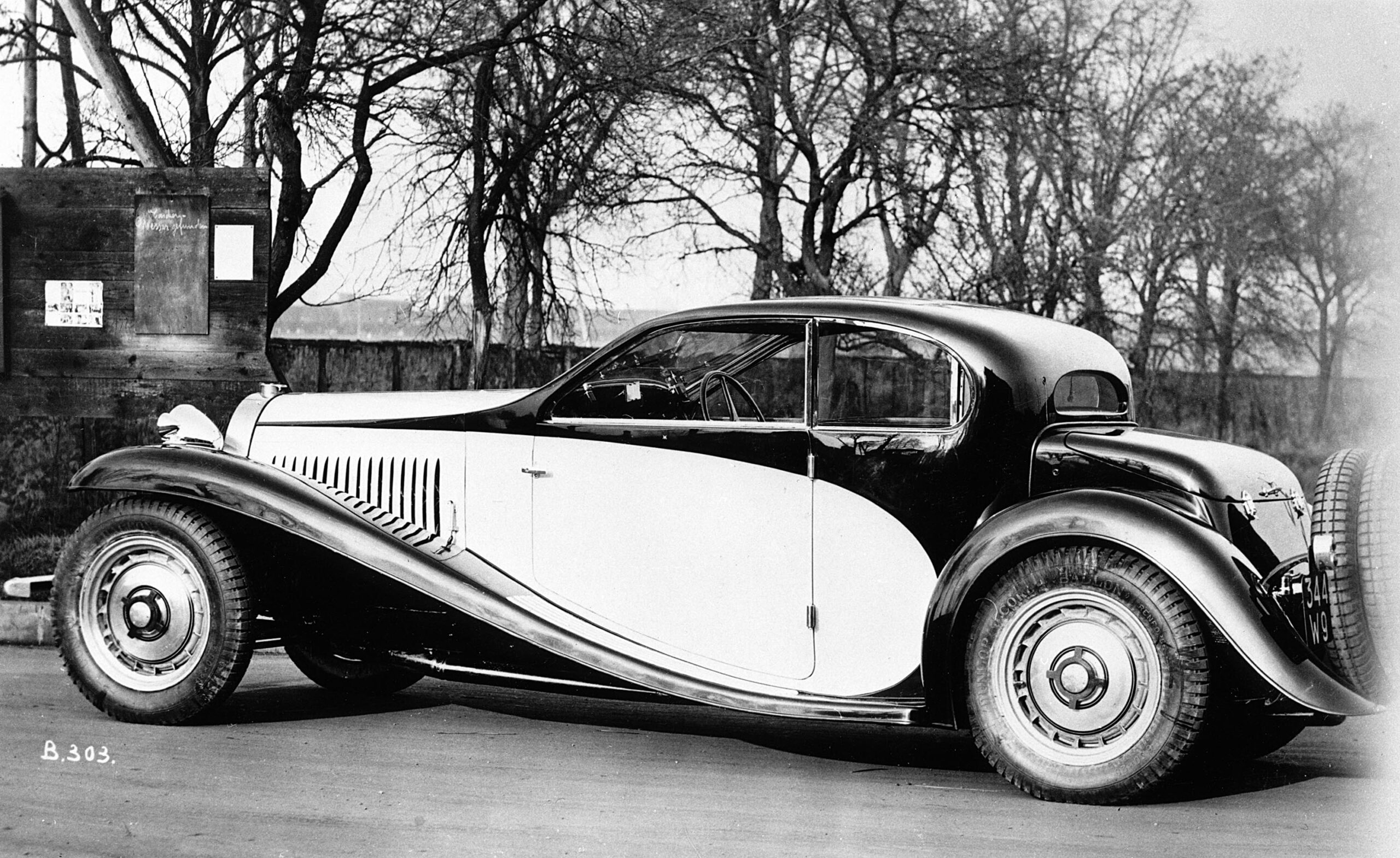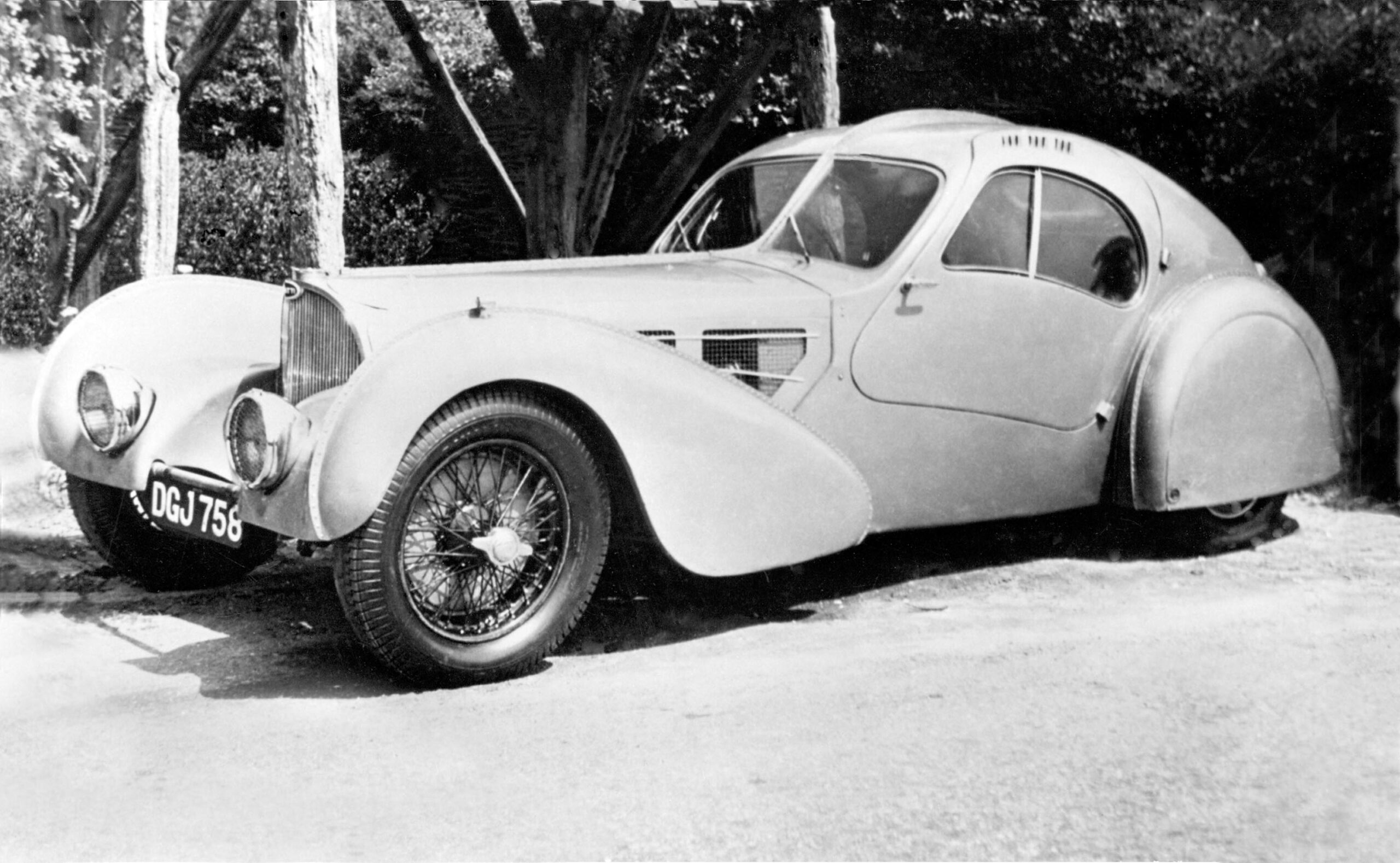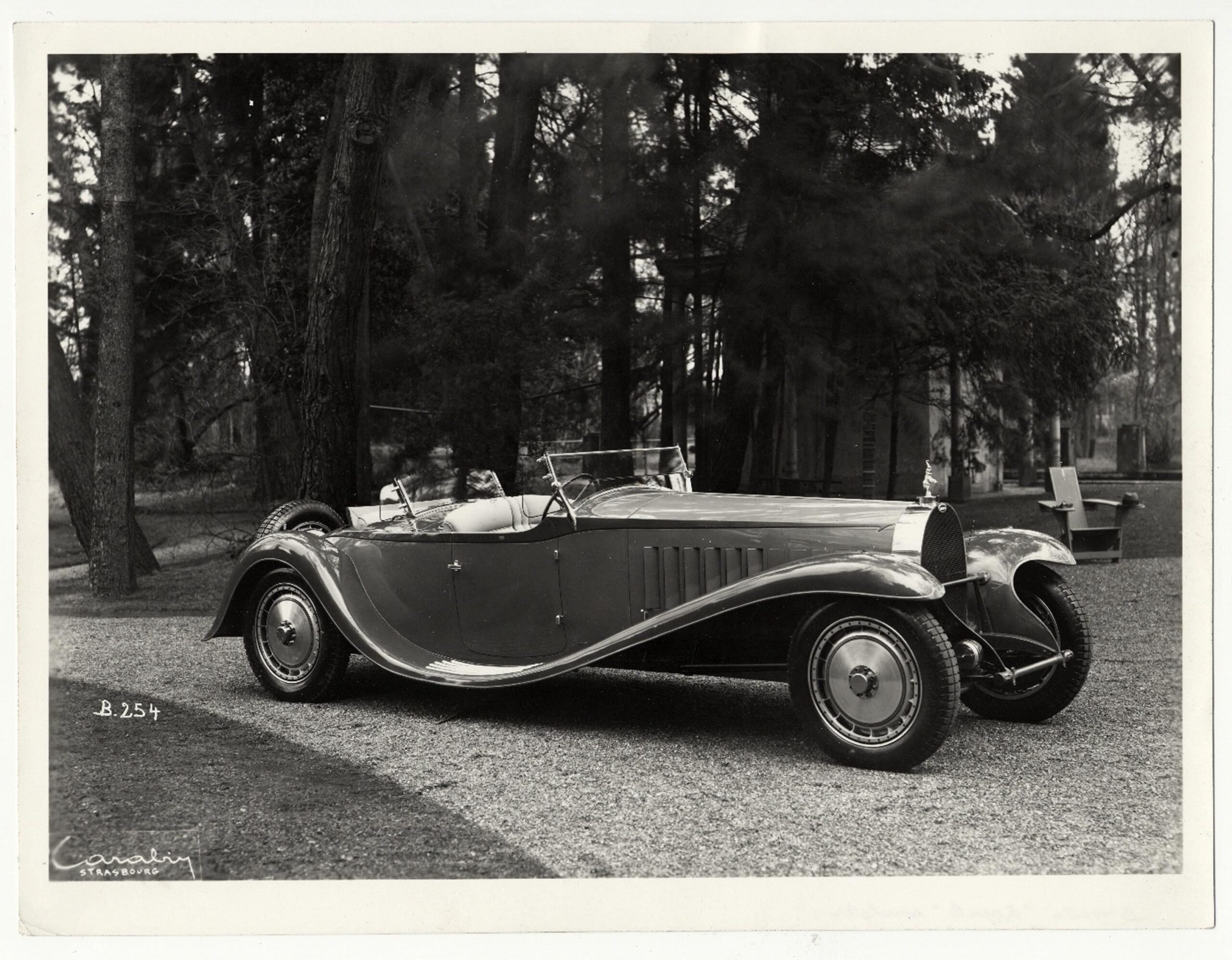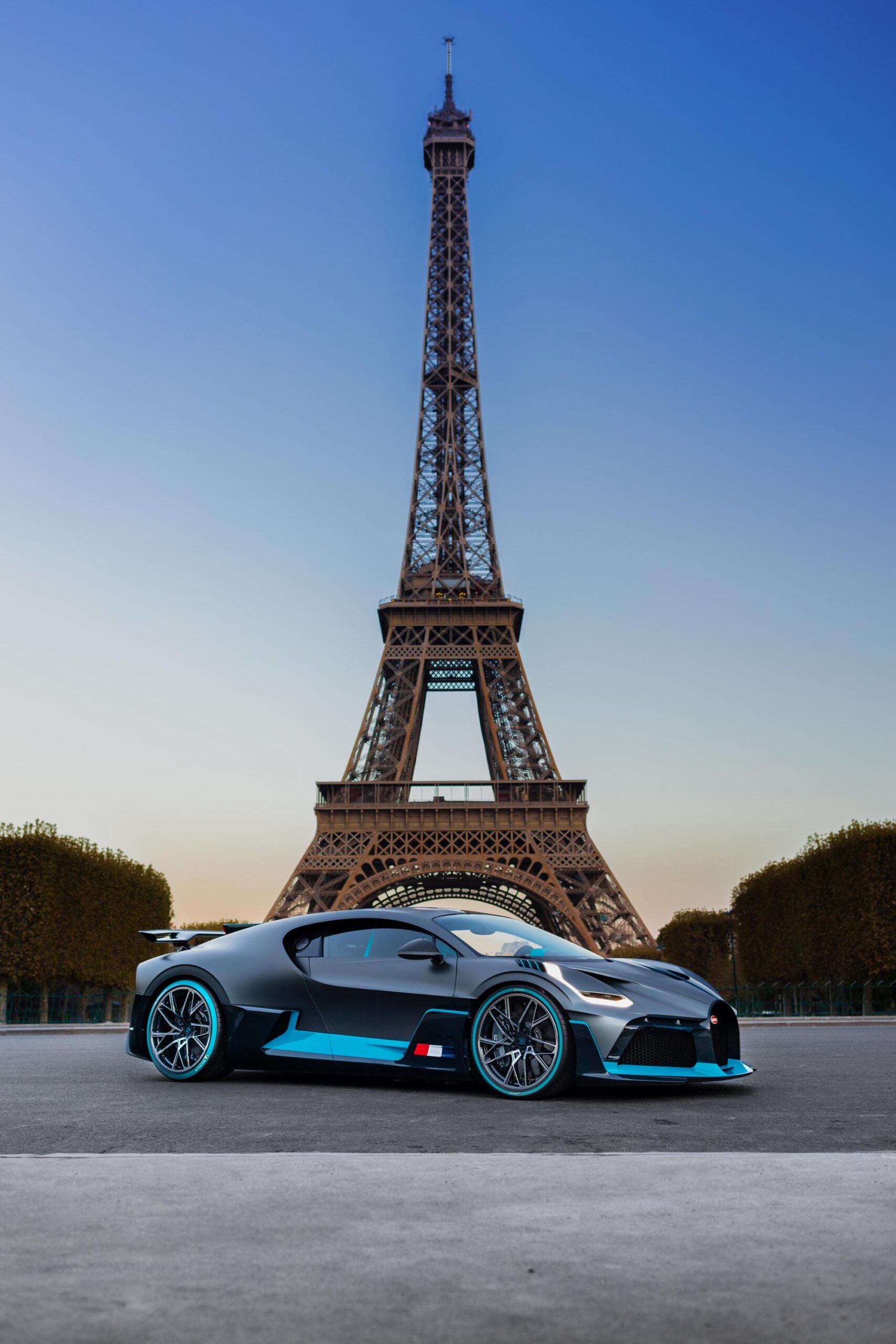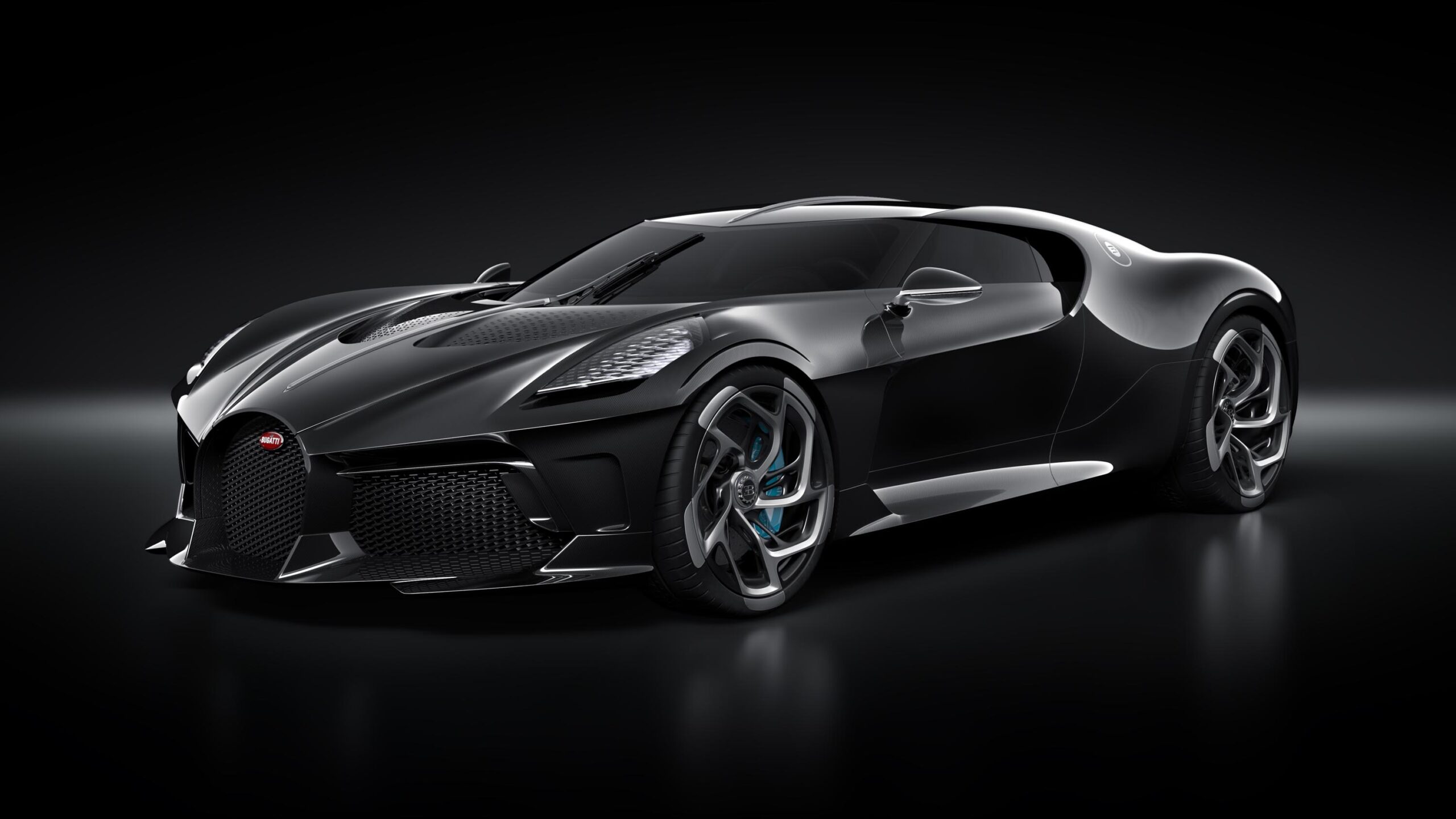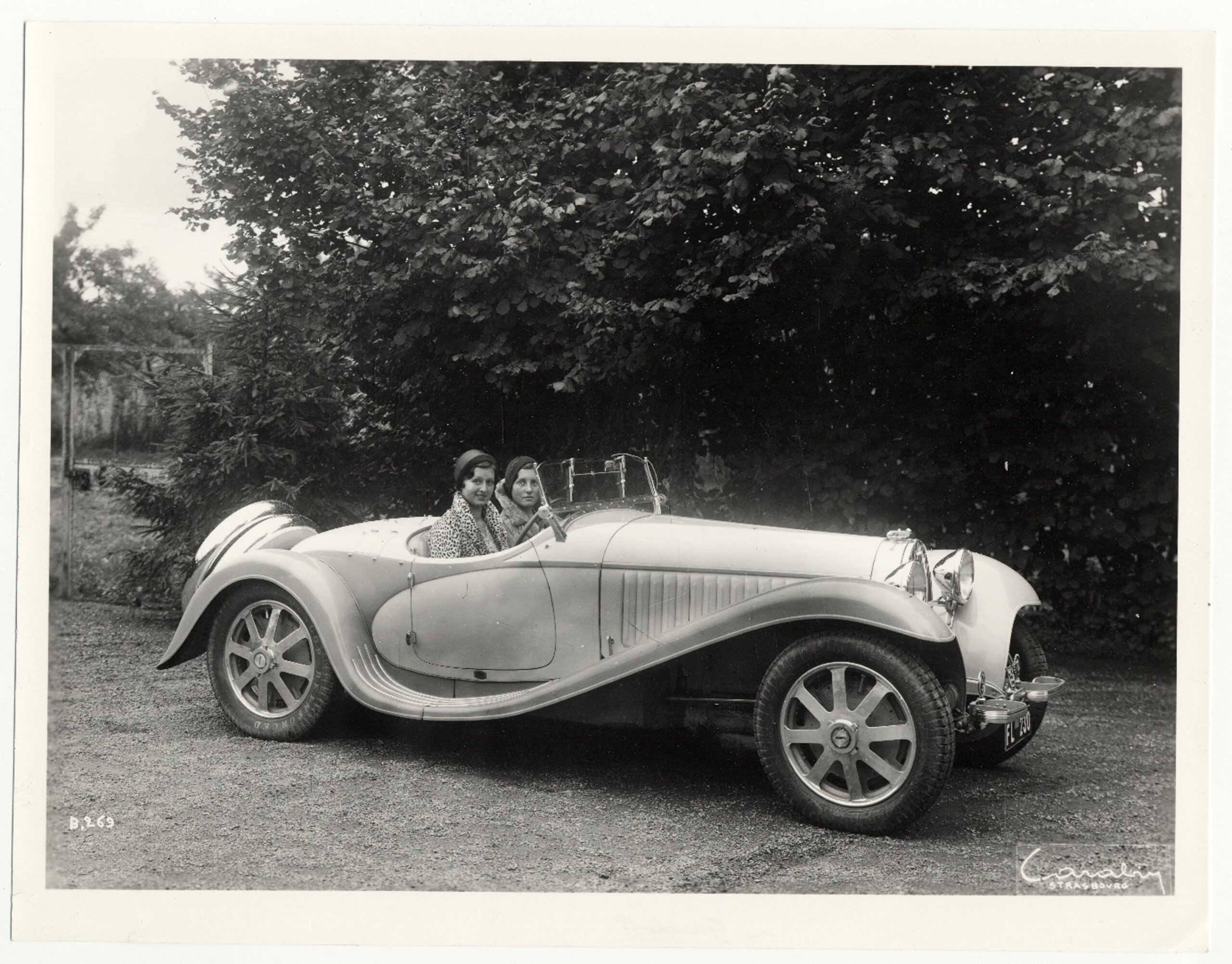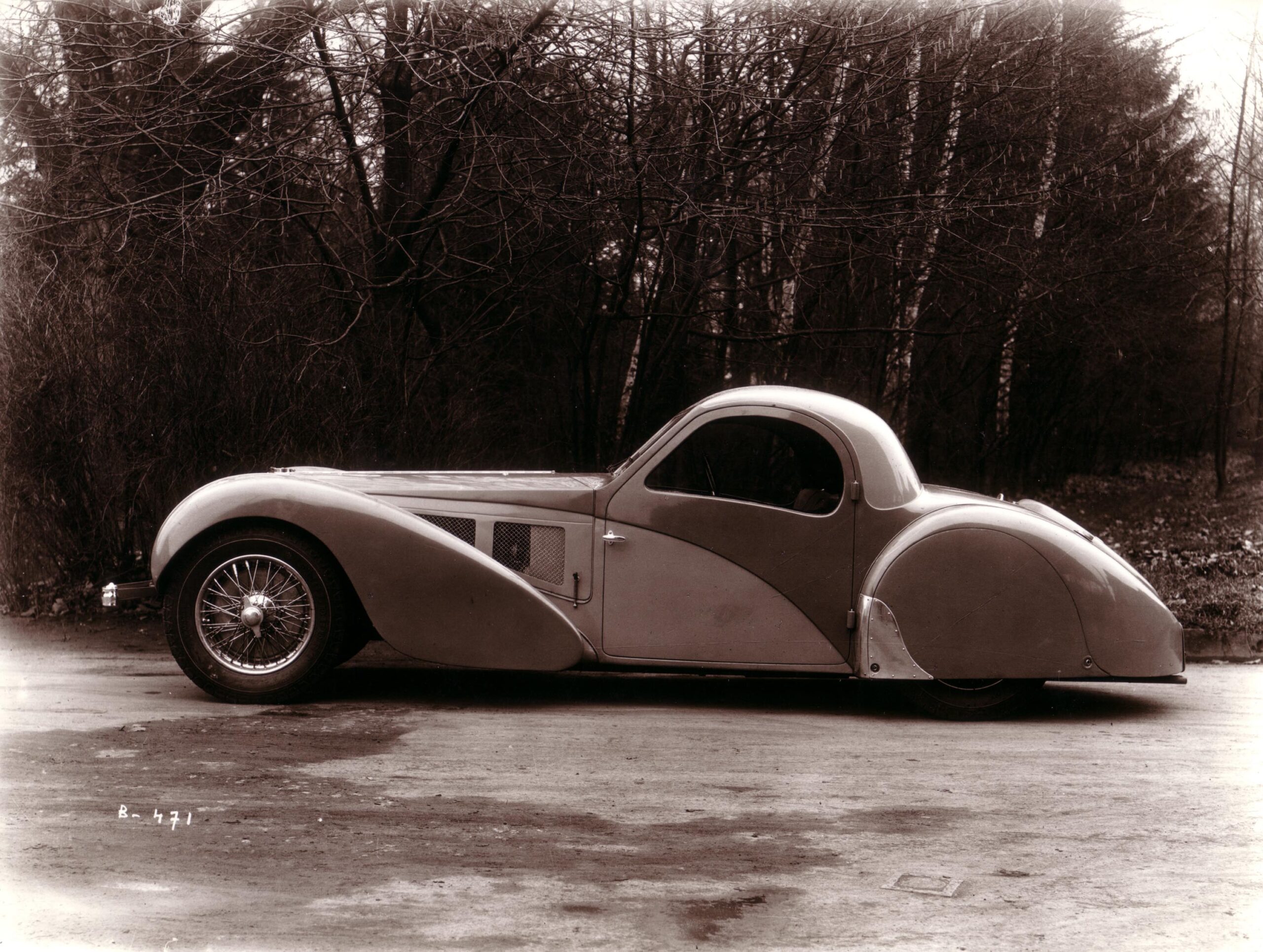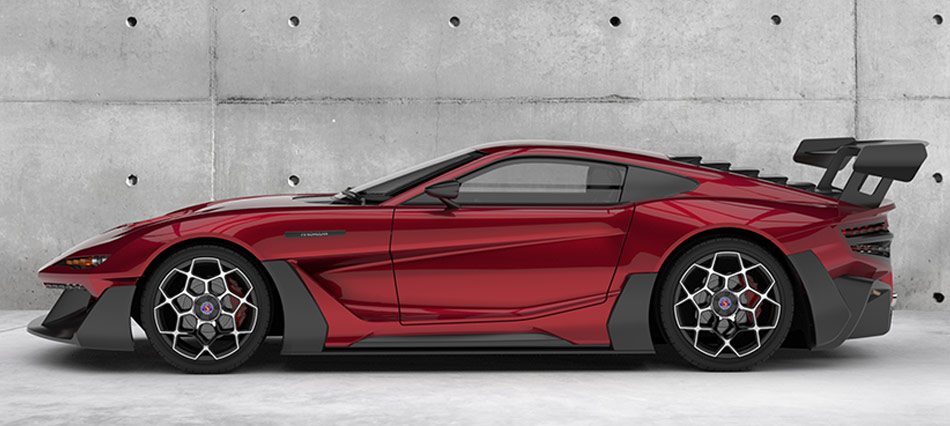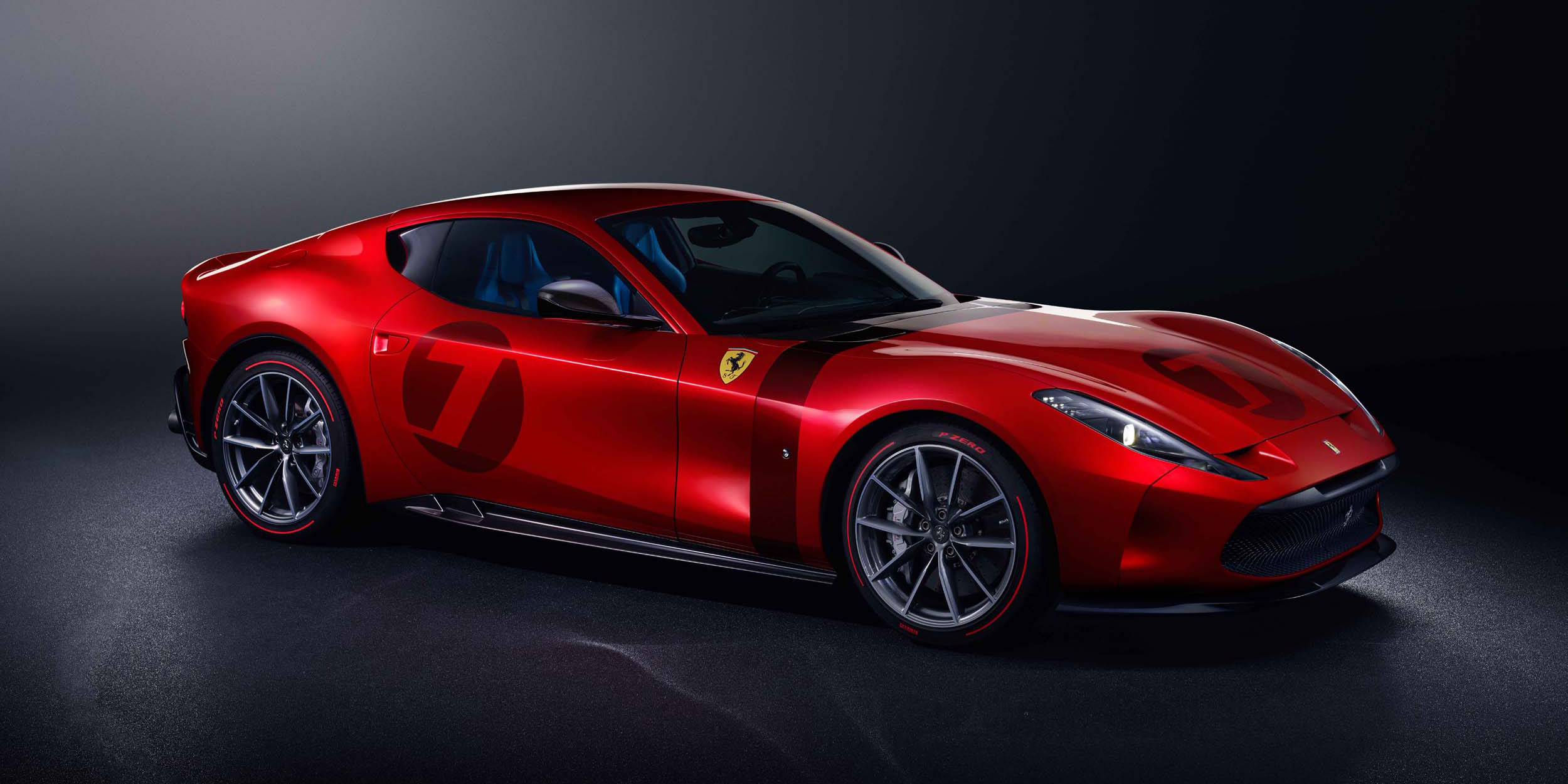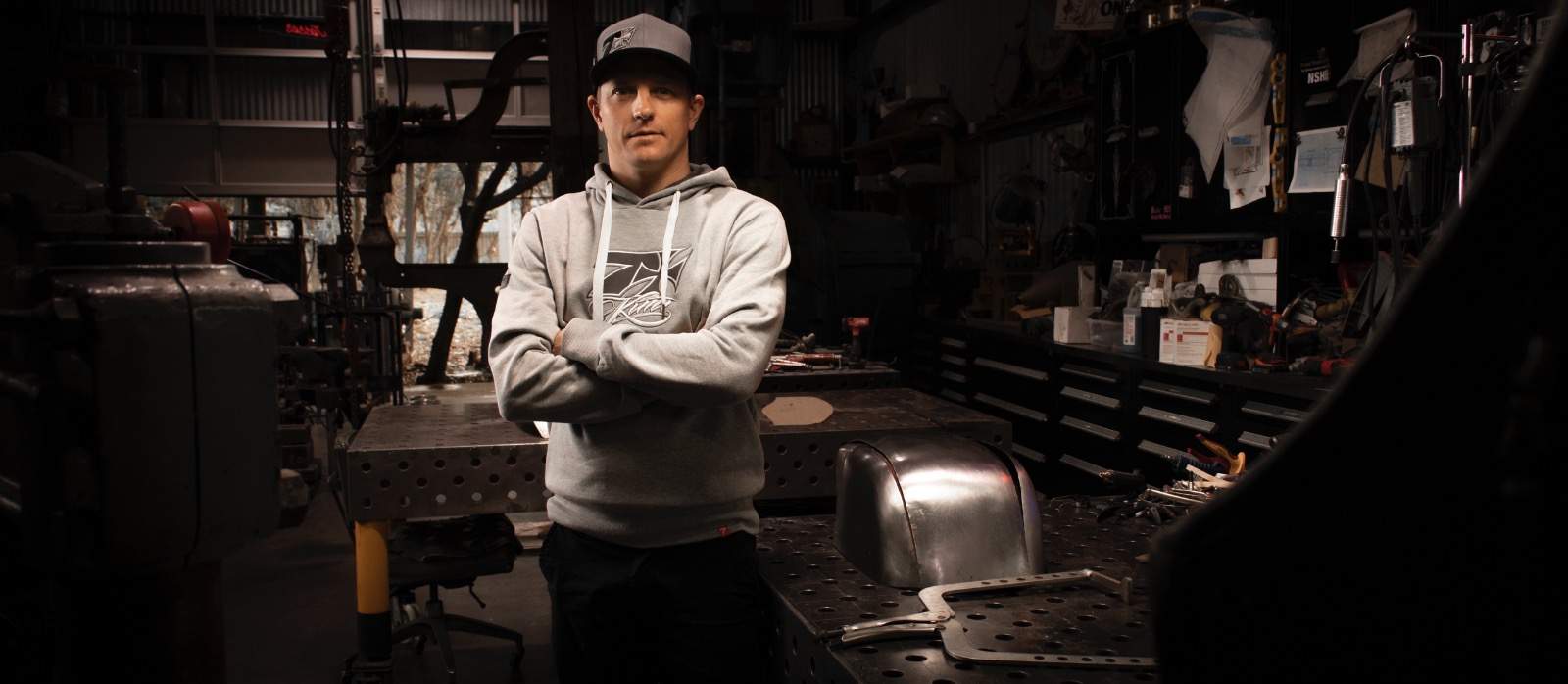Coachbuilding – new interpretation of a long- established tradition
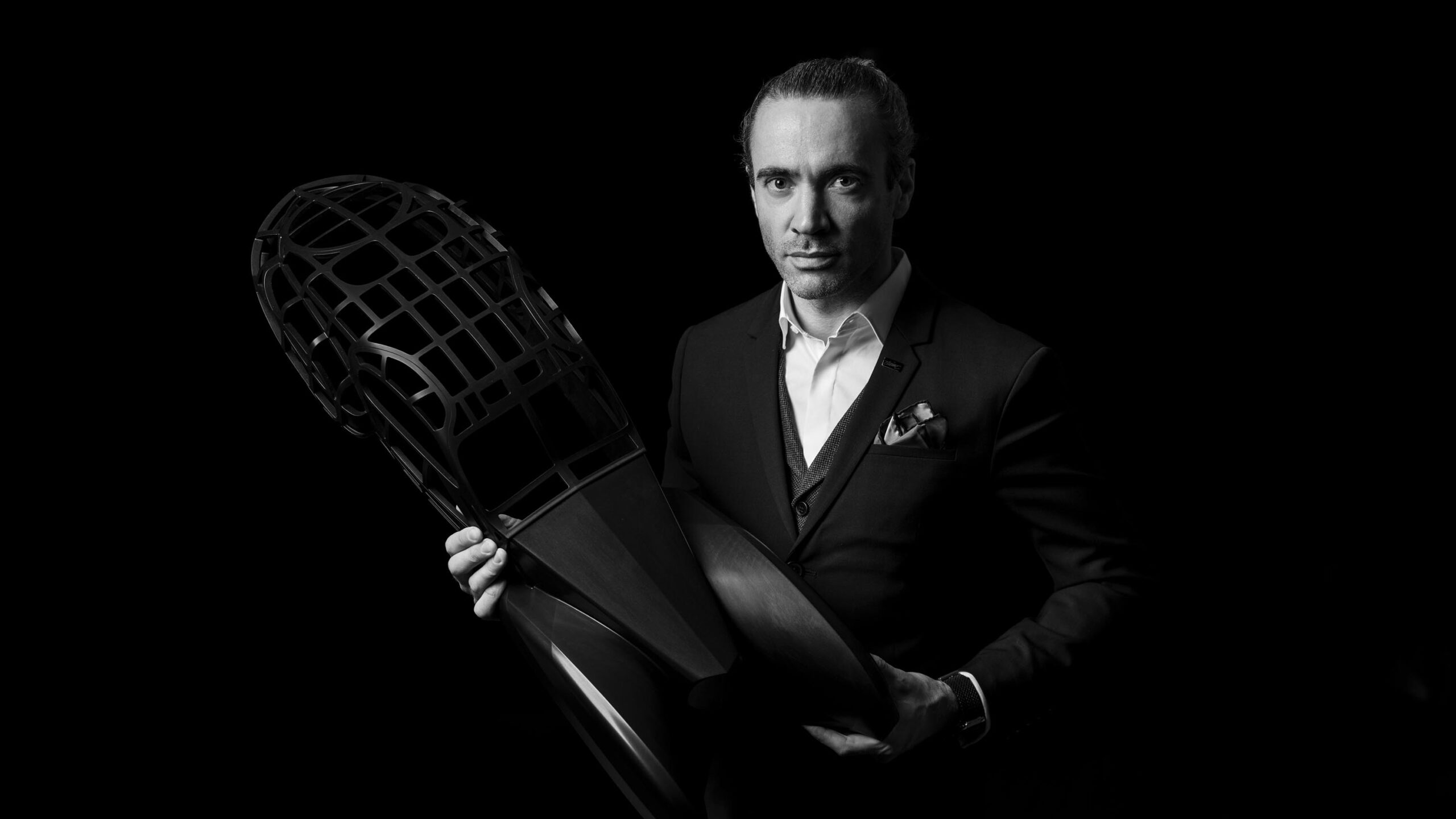
Since Bugatti was founded 110 years ago, its vehicles have been beyond compare – both technically and aesthetically superior. As company founder Ettore Bugatti put it: “If it can be compared with anything, it’s no longer a Bugatti.” From an early stage, the French luxury brand offered exceptional options for Bugatti customers with demanding aesthetic standards in its coachbuilding – the craft of evolving exclusive vehicles into an even more exclusive form.
The word coach is used to refer to a carriage or car: “It’s equivalent to haute couture in the fashion industry. Coachbuilding is synonymous with uniqueness; custom-tailored cars for individual tastes,” comments Bugatti President Stephan Winkelmann. A long-established tradition, almost forgotten.
At the beginning of the last century, car manufacturers such as Bugatti would develop and produce vehicles with or without a body, depending on the customer’s preference. Customers could choose to buy their car with a body offered ex-works, or to have the chassis and drive system dressed by another body tailor. They would then develop one-off vehicles with their respective customers. Well-known companies such as Gangloff, Corsica Coachworks, Weymann and Weinberger, among others, tailored the exclusive chassis from Bugatti – as did Bugatti itself.
Even into the early 1920s, Bugatti concentrated on the technology, such as engines and running gear; first and foremost, cars were designed to be functional and minimalistic at that time, in order to be all the more successful on the race track. It was not until 1923 that a body department was created in Molsheim, Alsace. Ettore Bugatti had long been of the opinion that a car is only perfect when it is aesthetically flawless. His son Jean therefore increasingly focused on ensuring that the body design was given greater importance in the company.
JEAN BUGATTI CREATED DESIGN ICONS
Jean Bugatti developed a talent for form and design at an early stage, and was known for his keen sense for proportion and flowing contours. In 1932, at the age of 23, he created an elegant roadster body for the luxury Type 41 Royale car on behalf of a textile manufacturer from that period – Armand Esders. Today the car is known as the “Royale Esders”. As the owner only wanted to travel in daylight, the headlamps were removed, which has the effect of enhancing the roadster’s grandeur. Jean Bugatti also designed the “Coupé Napoléon”. Ettore Bugatti once said: “Perfection is never reached. Yet the Royale must rank close to super sports car perfection.” A total of six Type 41 Royale vehicles were built. Each was equipped with a different body, but all featured a 12.8-litre inline eight-cylinder engine with around 300 hp – the most powerful and quietest-running engine of the time. “Even back then, Bugatti was synonymous with the highest level of quality, maximum performance, and absolute uniqueness. Which remains the case to this day,” comments Bugatti President Stephan Winkelmann.
Jean Bugatti was able to unleash his creativity in the company, and body designs for the Type 46, Type 50, and Type 55 followed. From 1934, with the Type 57, Jean Bugatti developed the idea of a basic model from which h derived various body and engine variants. This concept would catapult coachbuilding into a new era. The Stelvio Cabriolet and Aravis Coupé were built by body manufacturer Gangloff in the neighbouring town of Colmar based on Jean Bugatti’s plans. Bugatti’s employees themselves produced the two-door Ventoux, four-door Galibier saloon, and the Coupé Atalante in Molsheim.
Bugatti designed the Type 57 as a series production car and a racing version – depending on intended purpose and customer preference. Buyers were very enthusiastic: between 1934 and the end of production in 1940, approximately 800 Type 57 vehicles left the factory, though the precise number is not known.
THE TYPE 57 SC ATLANTIC: THE WORK OF THE CENTURY
To this day, Bugatti’s early masterpiece is considered to be the Type 57 SC Atlantic: a sports coupé delivering over 200 hp and with a breathtaking bodyshell, and of which only four were ever built. An outstanding design feature is the dorsal seam that runs vertically from the hinge of the split bonnet to the rear end. Like a razor- sharp fin, it separates the body down the centre, with rivets holding the sheet metal panels together. Every one of the four vehicles produced is the embodiment of coachbuilding, and each is a unique piece as it was custom- designed for its first owner. Jean Bugatti had the second of the four vehicles produced for himself. The two-door car known as “La Voiture Noire” disappeared before the Second World War – until today. It is one of the most expensive cars in the world.
BUGATTI CONTINUES ITS COACHBUILDING TRADITION
“This story is both an inspiration and a commitment for us,” comments Stephan Winkelmann. That’s why last year, the French luxury brand presented the Divo1, a hyper sports car designed for lateral acceleration in particular, and which recalls the coachbuilding tradition of this Molsheim brand. The Divo represents a revival of the famous Bugatti tradition after many decades. Extensive body optimisations have changed the character of this vehicle, making it a hyper sports car built for corners. “The Divo is a significantly sharpened development o the Chiron2. It offers high performance when it comes to lateral acceleration, agility and cornering,” comments Bugatti President Stephan Winkelmann. It is an idea that has met with great customer interest: even before the official world premiere, the small series limited to 40 vehicles was already sold out – at a net unit price of five million euros.
“All Bugatti vehicles are unparalleled and highly customised masterpieces of automotive craftsmanship. Coachbuilding takes it one step further, so we can offer our customers even more individual vehicles – unique in quality and engineering, but also in terms of design,” Stephan Winkelmann adds.
In March this year, Bugatti opened a new chapter. The French luxury brand developed the one-off “La Voiture Noire” especially for a Bugatti enthusiast in many months of manual craftsmanship. On the occasion of the company’s 110-year anniversary, it has therefore created an homage to the famous Bugatti Type 57 SC Atlantic – though not a copy. The reinterpretation of the icon creates an entirely new impression with its extended front section, elegant waistline, and flawless material finish. Purism and elegance are reflected in the surfaces and clear lines. The result is a modern grand tourer with the most extraordinary drive unit in automotive history: the iconic 8.0-litre W16 engine with four turbochargers, 1,103 kW/1,500 hp and 1,600 Nm torque.
“We worked long and hard on this vehicle until there was nothing more we could improve. For us, the Coupé represents the perfect form in the perfect finish – very much in the spirit of Ettore Bugatti,” says Bugatti designer Etienne Salomé. A car of absolute clarity, superiority of purpose in immaculate form. Built by hand as a perfect and unique specimen – that is body craftsmanship in its purest form.
